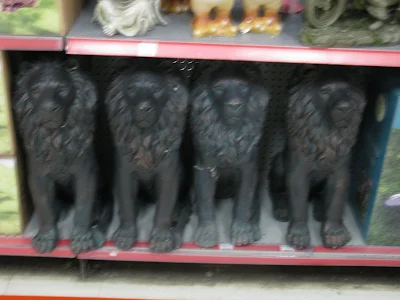All
of the ancestors have returned and are living quiet lives in Inner
Space.
Choirs
will fall silent, money will be thrown into the streets, and everywhere people
will wonder what this dream was all about.
I was not cut out for childhood, I was already living part-time in
Inner Space.
How
can poets write anything without going down the spiral staircase to the
darkness below?
I
needed so many years to accomplish so little.
I'm
back living at the Yew Tree Inn; nothing has changed, there is a Yew tree
outside my window and children playing by the old wishing well.
There
were some people dressed in colourful outfits, meditating and praying in Inner
Space; we threw them out.
I
no longer care what poets have to say, not if it's just more of the same old
avoidance of Inner Space.
None
of this was invented by me. It is what I found in Inner Space.
I
was absorbed into the universe by cosmic energy; there's no playing around in
Inner Space.
And
now I'm a broken wheel going nowhere.
It's
not bleak here in Inner Space, it's just a habit of mind to say that life is
meaningless.
I
liked poets but when I arrived in Inner Space I found few had joined me there,
they were too busy trying to make names for themselves.
Most
poets have nothing I want or need, they are not crowbars prying open the
unconscious mind. Poets need to be crowbars.
If
a poet can't be a crowbar he can at least be a hammer.



.JPG)
.JPG)
.JPG)
.JPG)
.JPG)
.JPG)
.JPG)
.JPG)
.JPG)

.JPG)
.JPG)
.JPG)
+cropped.jpg)
+cropped.jpg)
.JPG)











.JPG)









